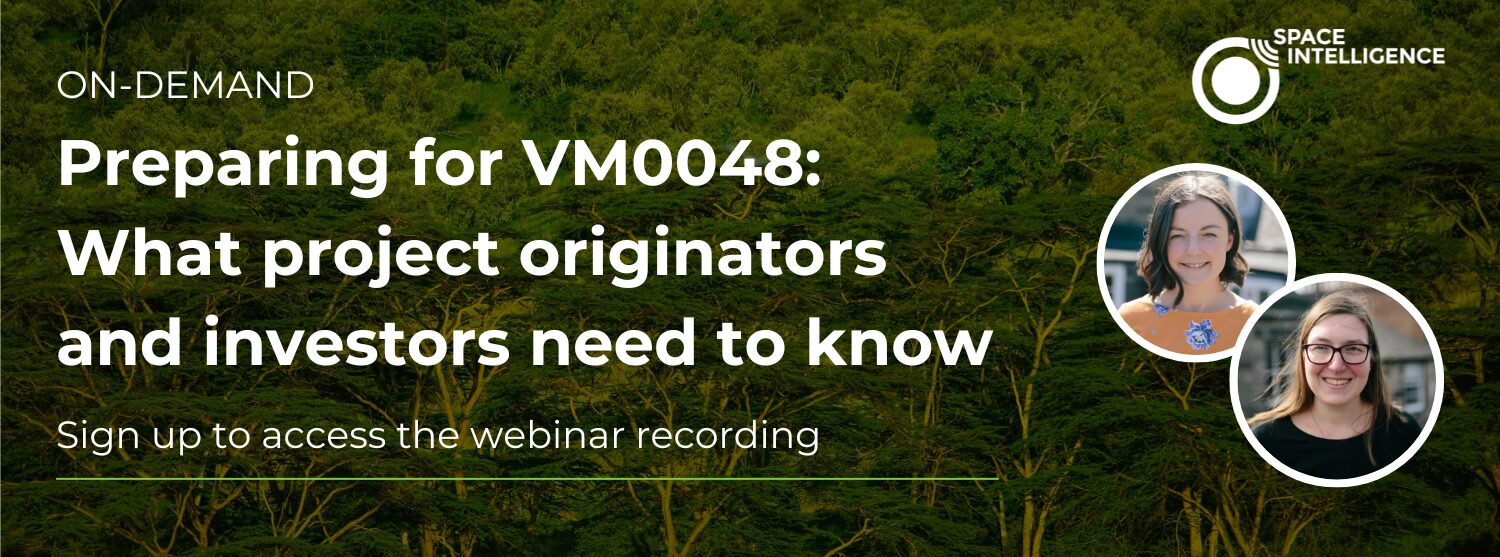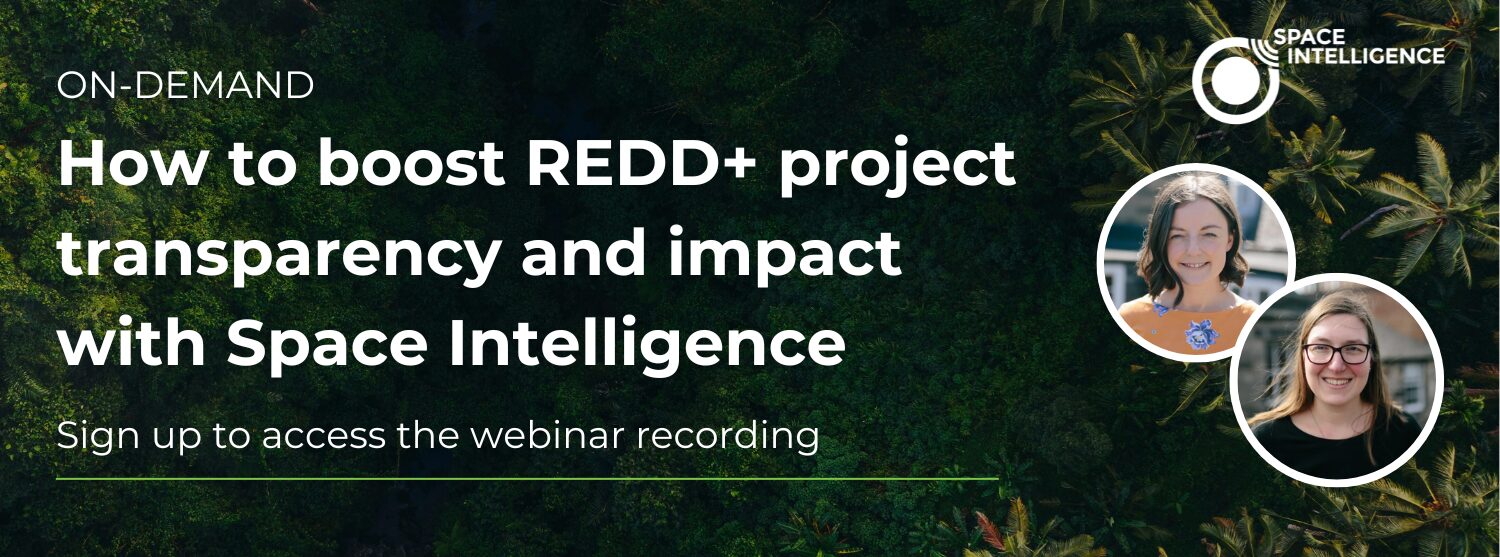Navigate EUDR Compliance with Confidence
Space Intelligence provides highly accurate nature mapping data through the ICE Commodity and Traceability service (CoT), to help you achieve sustainable and deforestation-free commodity trading within the EU.
Satellite Mapping & EUDR Compliance Frequently Asked Questions
Q: What resolution do you use for the satellite images from LiDAR?
A: We don’t use LiDAR to produce our maps. Instead, we use optical satellite data and Synthetic Aperture Radar (SAR). Our maps are produced at 10-metre resolution, meaning each pixel represents a 10 x 10 metre area. For comparison, many open datasets use 30 x 30 metre pixels.
That may not sound like a huge difference, but each 30-metre pixel contains nine 10-metre pixels. So, switching to 10-metre resolution results in processing nearly 10 times as much data.
Due to these larger data volumes, the maps cannot be processed on standard desktop computers. All processing is done in the cloud, which enables rapid scaling.
We use:
- Optical satellite data – like a camera in the sky, but capable of seeing across many more wavelengths than the human eye.
- Synthetic Aperture Radar – sends out microwave pulses and detects what bounces back. It can see through clouds and the forest canopy, making it particularly useful for distinguishing crops like cocoa and coffee.
By combining both datasets over a full year, we can reliably differentiate between:
- Secondary/disturbed forests
- Coffee and cocoa plantations with shade trees
Q: What level of accuracy does the AI tool achieve when identifying coffee/cocoa trees vs forest?
A: We have two accuracy targets. Firstly, we aim for 95% accuracy on a point-by-point basis. This means that a random user selecting a random pixel should find the classification (forest vs non-forest) correct 95% of the time. That’s already a high benchmark for satellite mapping. However, this level of accuracy is not sufficient for users of the ICE-CoT system, where even a 5% failure rate would cause significant friction.
To improve accuracy further, we refine the maps based on submitted plots, enhancing performance in specific areas. This may involve manual work and rerunning processes. We suspect that, in regions with a high density of cocoa and coffee farms, map accuracy is approaching 99%.
While accuracy can vary by region, the typical user experience when uploading a compliant farm plot should result in successful classification around 99% of the time.
Q: How long does it take to analyse a challenged plot for deforestation?
A: It depends on the number of challenges submitted at once. For example, a bulk upload of 100,000 new farms may result in many challenges.
Our internal target is a 24-hour turnaround. We may adjust this as the system scales.
Q: What level of supporting information is needed for a challenge?
A: The more evidence you can provide, the better. However, we understand that it’s not always possible. Still, please include any reasoning or data that supports the challenge.
Examples of useful evidence:
- Written statements (e.g. confirmation from a cooperative that the farm is compliant)
- Screenshots from alternative satellite data sources
- Observations from individuals familiar with the area
You can still submit a challenge without evidence, just explain your reasoning. We will always consult high-resolution satellite imagery before making a determination, regardless of whether evidence is submitted.
Q: How frequently are the Space Intelligence maps updated?
A: Maps are updated at least once a year. We’re currently working on the 2025 updates. For now, the ICE-COT system contains 2020 and 2024 data. We’ve already updated maps for Indonesia, Papua New Guinea, and Malaysia for 2025.
We also support rolling updates. If many challenges arise from a specific area (e.g., Ivory Coast), and we spot a map issue, we’ll prioritise reprocessing that region quickly.
Ultimately, we’ve designed this system to be flexible and responsive – to support compliance with the EUDR.
Contact Us
Watch our other webinars on-demand
On-Demand



